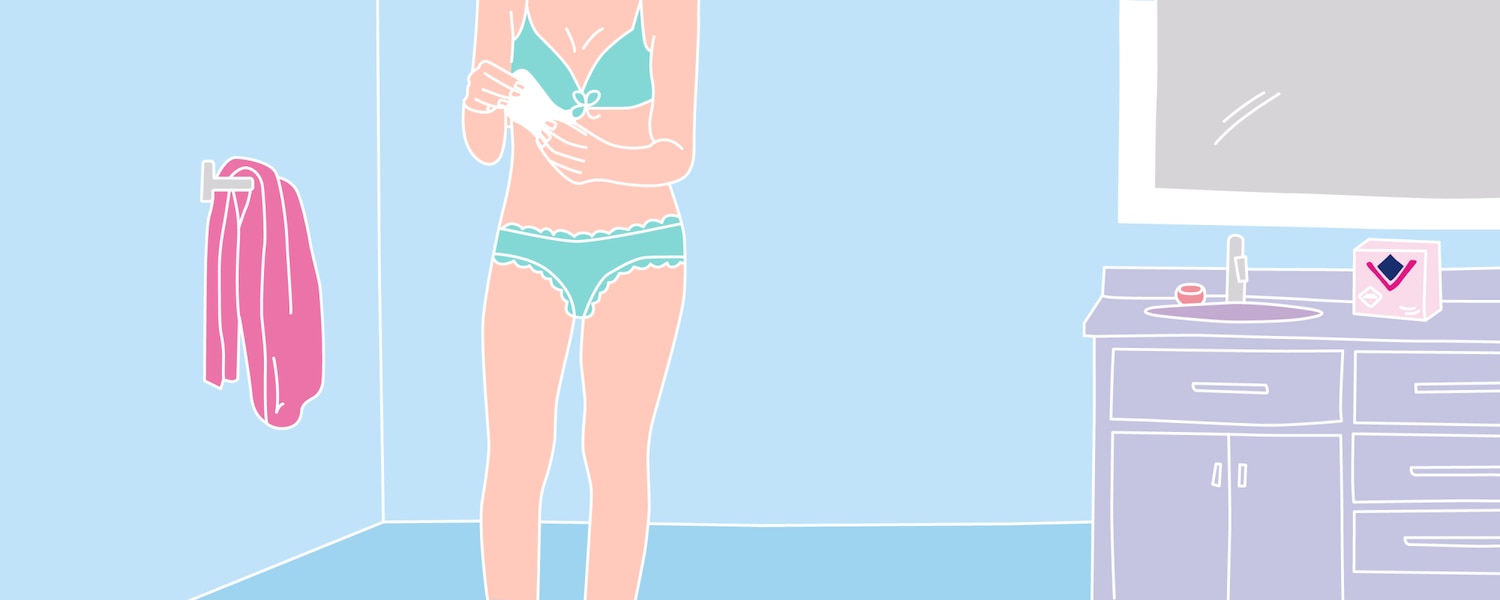
Intimate discharges

While it might not be your favourite part of womanhood, female discharge is a productive and helpful thing.
Discharge is the fluid made in the glands inside your vagina and cervix. It serves to keep the reproductive organs clean and healthy by flushing out dead cells and bacteria. This helps prevent infection.
But discharge serves another purpose too. It can let you know about potential problems. When it changes colour and smell in ways that are unusual to you, this is your body’s way of alerting you to changes – and sometimes health issues.
Healthy discharge is usually clear, pale yellow or milky white-ish, depending on the stage you’re at in your menstrual cycle. It also has very little odour. When you’re ovulating it tends to be transparent and heavy. Before and after menstruating it is white-ish in colour. All of this is normal.
If your discharge is greeny-yellow, and/or smells bad, however, these could be signs of an infection. Itchiness, blood in your discharge or a sudden increase in the amount can also signify a problem. If you notice any of these signs, you should see your doctor as you could have thrush or another infection.
Discharge can change at different times in your life, too. You may find your discharge increases when you are ovulating, breastfeeding or sexually aroused. You might also notice a change in its odour if you are pregnant.
Women who are menopausal normally have minimal vaginal discharge as a result of lower levels of estrogen. Very occasionally, vaginal discharge post-menopause can be a sign of a serious condition like certain types of cancer, so if it continues or is accompanied by any pain, it’s essential to see your doctor or gynaecologist.
As with all aspects of your menstrual cycle and vaginal health, being organised and prepared makes all the difference to living your life stress-free. Use liners, such as Libresse® Daily Liners, to protect your clothing from discharge dampness, and make sure you always keep some in your bag, desk drawer or somewhere handy.
Medical disclaimer
The medical information in this article is provided as an information resource only, and is not to be used or relied on for any diagnostic or treatment purposes. Please consult your doctor for guidance about a specific medical condition.
Continue learning
Explore more
